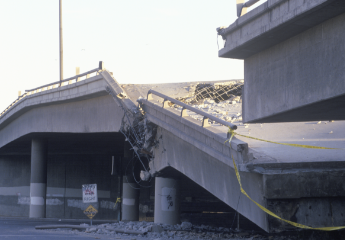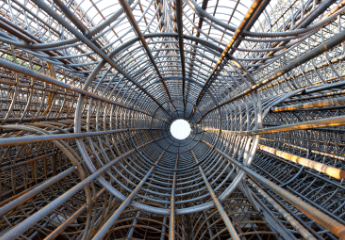Basic Concepts of Soil Structure Interaction
Please fill out the Download Section (Click here) below the Comment Section to download the Modul File.
Table of Contents
1. What is Soil-Structure Interaction?
3. Importance of SSI for Buried Structures
5. Next Step
1. What is Soil-Structure Interaction?
Let’s start this blog with a question, What is SSI?
The way a structure interacts with soil is called Soil-Structure interaction. SSI can be defined as an interdependent response relationship between a structure and its supporting soil. Soil Structure Interaction is one of the main factors affecting the behaviour of structures under dynamic loading. The importance of nature of subsoil, its natural period of vibration is demonstrated in many past earthquakes.
In simpler terms, when a seismic wave hits a structure, two effects occur simultaneously:
1. Seismic waves incident on the structure are diffracted and reflected into the foundation. This is called Kinematic interaction and is independent of the inertial properties of the structure.
2. Next, the motion is transmitted to the structure. It is a dynamic response of the coupled system. This is called Inertial interaction
.
The above two interactions are together called Soil Structure Interaction.
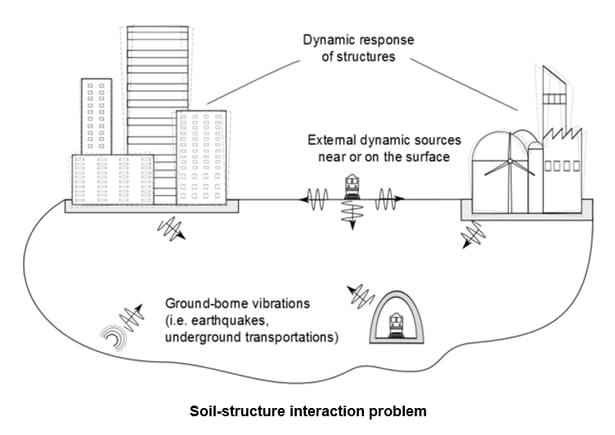
2. Why do we need Soil-Structure Interaction
Now, we have discussed the first question. The next question you might be having in mind is, Why do we need SSI?
So, currently, widely used engineering practices do not consider SSI in the design of structures. The superstructure in the conventional design procedures is analyzed by isolating it from the soil, assuming that the superstructure is fixed at the foundation level and no interaction occurs.
Although neglecting SSI is reasonable for small structures, its effect is prominent for large and heavy structures.
Need for the SSI:
- The same structure, when built on soils with different properties, will have different load distributions.
- With a decrease in soil hardness, the natural period of structures increases affecting the design.
- Design after considering SSI will be less conservative and hence more economical.
For simplicity, let us classify the structures into two categories-
1. Overground structures like bridges, buildings, etc.
2. Underground or Buried Structures like culverts, conduits, tunnels, etc.
Importance of SSI for Overground Structures
- In a multi-storeyed building, SSI is used to estimate the settlement pattern and the extent to which the superstructure behavior is altered by supporting soil mass.
- Considering it in Cable-Stayed bridges may yield higher stress in the girder and tower to a great extent in case of weak soil.
For a detailed comparison of SSI and its effect on bridges, you can read this excellent article!!
3. Importance of SSI for Buried Structure
-
Stress distribution around the conduit is non-uniform. The failure mechanism of Soil-conduit system was found to be a function of pipe embedment depth, and soil relative density. Correct prediction of stress distribution and failure requires SSI.
-
It is crucial for tunnels at both the construction and service stages. At the construction stage, it helps to find the deformation of topsoil. At the service stage, ongoing traffic causes dynamic loading. Effect of such loading can be captured by using SSI.
-
Integral Bridge and buried structure designed considering SSI using PD 6694-1.

4. Approaches to consider SSI
Keeping up with the series of questions, the final question that pops up in our mind is How to consider SSI in our analysis?
Let’s focus on modelling SSI into our structure. Midas offers several analysis packages, each having the ability to handle SSI. We will mainly focus on midas Civil and midas GTS NX.
To consider SSI, there are two methods – Substructure Method and Direct Method.
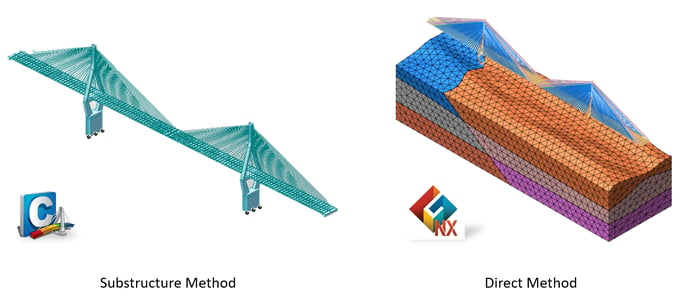
Fig 3. Substructure Method and Direct Method
- 1. Substructure Method (Spring analogy) – Designs structure with the idealization of soil as a spring system.
This method provides displacement results for the structure but not the ground/soil. Result obtained from this method is reliable when values of spring stiffness are obtained from case studies with similar conditions.
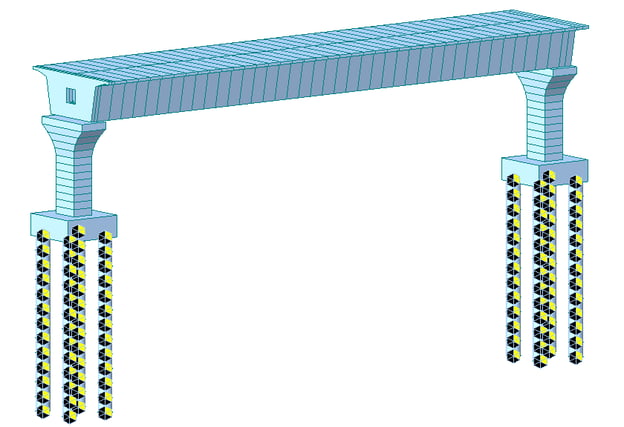
Midas Civil provides a variety of ways to model such spring supports. Springs can be linear, compression only, tension only or multi-linear. If the damping parameter for soil is available, then that can also be entered.
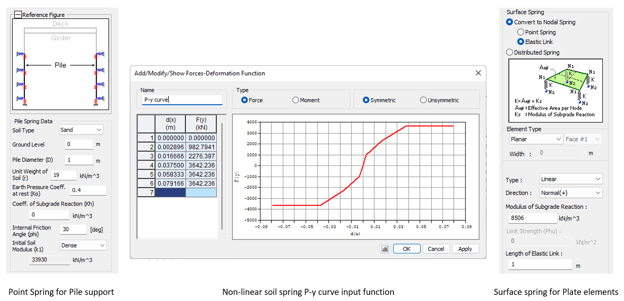
-
For modelling of Abutments and Rafts , Compression only springs are used . For Piles, non-linear springs based on experimental P-Y curves are be used. The stiffness of springs is defined by the Coefficient of Subgrade Reaction. It depends upon the stiffness of soil, poisson’s ratio , dimension of footing, depth of footing etc.
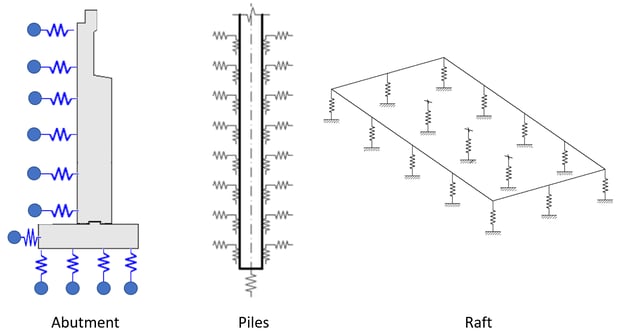
- 2. Direct Method – Surrounding soil media is modelled with the structure. For such analysis, meshing has to be done and analysis of both soil and structure is done in one step. Finer mesh leads to greater accuracy but higher calculation time. It provides results for structure displacement, soil settlements, and stress distribution.
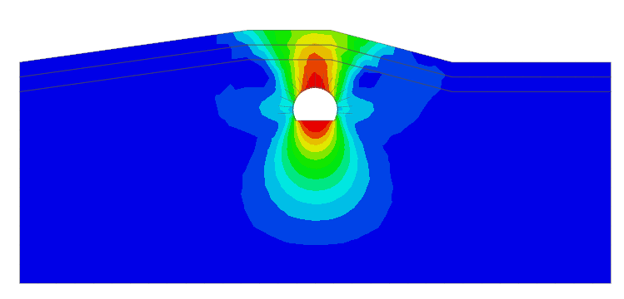
Fig 7. Continuum media model for Tunnel application in midas GTS NX
5. Next Step
-
You must have wondered why we have dedicated an entire section to Buried structures. For the next step, we will focus on the less talked about topic of structural engineering – the Buried Structures. Stay tuned for some awesome contents.
 Get Started midas Civil
Get Started midas Civil
 Featured blog of this week
Featured blog of this week







-1.png)

